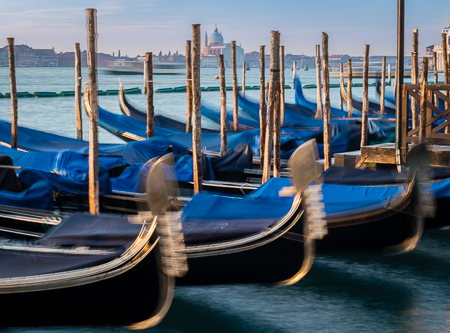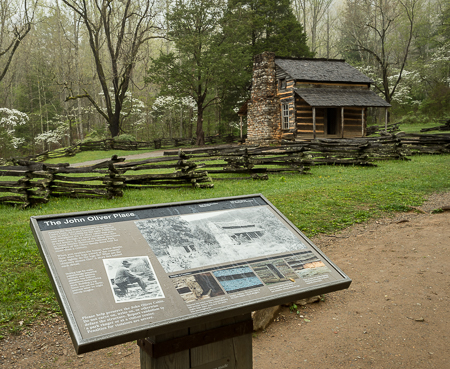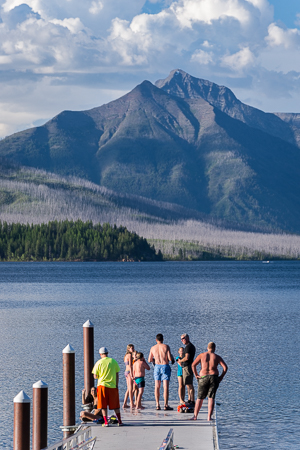13 Tips for Summer Vacation Photos
June 21, 2018 by Marie Joabar
Summer Vacation season is here and whether you’re heading to a distant city or National Park or the nearby shores or mountains, we hope your camera’s going along with you. Stacations are great too. Perfect for visiting all of our local attractions that we’ve been meaning to get to but just haven’t found the time for yet.
Here are a few tips to help you capture exciting images from it and to protect your gear and memories.
1. Pack a great photography book or your camera manual to read in route to your destination.
2. We typically take a vacation to relax and sleep in but you’ll be rewarded if you get up early and capture the beautiful morning light. During the morning hours, there is less haze, the air is more crisp and there are usually less people about. If morning is not your thing, shoot in the late afternoon or early evening for the prettier light.
3. Look at the postcard racks at the tourist stops. These will give you a sense of where the good shots are but when you visit them, think of ways you can capture them differently so your images stand out from the ones we’ve all seen before. Look for interesting ways to frame scenes, consider using slower shutter speeds to blur the action, think of how you can use the aperture to creatively blur your foregrounds or backgrounds. 
4. Give yourself an assignment. Spend some time exploring a part of photography that you need more work in. For example, if you want to get stronger with your flash photography, make that a goal for the trip and find scenes where it can be used. If you want to get stronger in any item, you have to get experience with it and your vacation might be a good time for practice with that item.
5. Learn to work with having people in your shots. Popular sites will attract many people so learn to tell the story making the people a part of it. If you’d prefer less people, visit during the off times (early morning, dinner time, etc) if you’re able to.
6. Explore on foot to get a real sense of the place and a more intimate view of things.
7. Consider hiring a guide for a day to take you to where the great shots are. A Google search for ‘photo guide with the name of your destination’ will usually give you many results. Best to do this ahead of time so you have time to book them for the day and also to make sure they’ll meet your needs.
8. Capture it all. If you prefer shooting scenery and landscapes, don’t forget to include family and friends in your frames from time to time. You’ll find in later years that these will be priceless. If you usually photograph just your family and friends, don’t forget to include the beautiful scenery as well.
9. Capture location signs to use for reference. For example, as you approach the museum you’re visiting, take a photo of the name of the museum. When photographing in a city, photos of street signs or neighborhood signs will help you remember where you were and years from now, you won’t remember all these small details.
PROTECT YOUR GEAR AND YOUR IMAGES
10. Backup your images while traveling. If you’re traveling with your laptop, download your images daily. If you have cloud storage, upload to that each day. Also, keep your memory cards safe, store the used cards in a different place than in your camera or laptop bag (in case they’re stolen- God forbid but it does happen).
11. Let your gear acclimate to the climate. Heading out from a cold air-conditioned room to the heat outdoors can cause condensation on our lenses but also inside our camera bodies. Instead, put your camera in the camera bag and head outdoors leaving the camera in the bag for about 30 minutes giving it time to acclimate. When you then take it out to start shooting, it will be at a similar temperature at the outdoors and you’ll avoid the condensation that can ruin your gear.
 12. Home or away, leaving your camera in a hot car can fry the electronics. If you have no choice but to have it in the car when you’re not shooting, consider packing a cooler large enough to hold the camera bag and put one or two of those plastic Ice cube blocks inside the cooler with it.
12. Home or away, leaving your camera in a hot car can fry the electronics. If you have no choice but to have it in the car when you’re not shooting, consider packing a cooler large enough to hold the camera bag and put one or two of those plastic Ice cube blocks inside the cooler with it.
13. At the beach, beware of sand and salt spray. A single grain of sand can cause damage and an expensive camera or lens repair. Carry a lens cleaning brush to remove any sand so it won’t have a chance work its way into your gear. Set your camera bag on a towel or plastic bag so sand is not clinging to the fabric and later getting inside of it.
Salt is also damaging to our gear so sea spray should be avoided or cleaned off immediately after shooting in that environment.
More information about camera care can be found in this blog article, Summer Camera Care
Here’s hoping you all enjoy a wonderful vacation this summer and come home with a camera full of your special memories from it.
